Results of the competition of young developers of AR-applications Epson Moverio BT-300
A year and a half ago, Epson, together with the Foundation for New Forms of Educational Development, announced the launch of an all-Russian competition for novice developers of augmented reality applications, which we also talked about in our blog in September 2017 . Paired teams were invited to participate in the competition : students of leading technical universities in collaboration with children studying in the Kantorium technology parks.
The task of the participants was to create an application for working with augmented reality video glasses Epson Moverio BT-300, in which a digital image “superimposed” over the visible through the transparent glasses of the surrounding world. Actually, this is the essence of “augmented reality”, and it is for these purposes that we offer this product.
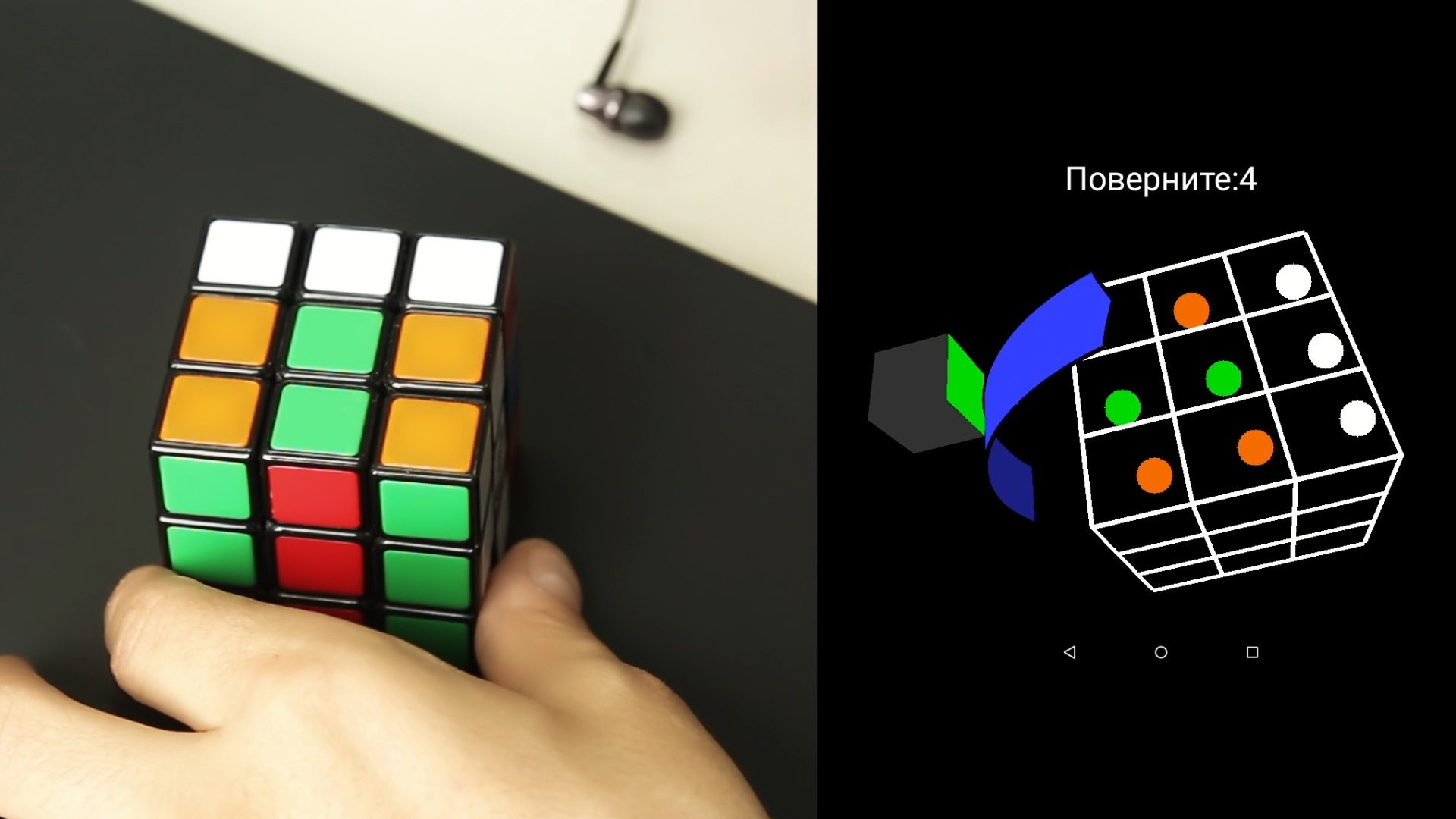
Before I proceed to the listing of the list of winners, just in case, I emphasize once again that the work should be treated with a certain degree of condescension, because applications were created by very young developers. With the participation and feasible help of students, but still schoolchildren 12-15 years old =)
However, among the applications there was one such thing that impressed me in earnest, which I personally can talk about openly, since I myself did not participate in the competition in any way, and even more so in the role of judge. I will also tell about this application in this post after summarizing the total results.
All interested in asking under the cat.
What needed to be developed
The guys developed an application for one of three nominations:
- Edutainment
Applications for science education, experimentation, skills training, etc. - Urban
Solutions Solutions for the urban environment: visualization of projected buildings and complexes, navigation on the ground, UAV control, etc. - Science Art
Applications for museums: the "revitalization" of exhibits, tours, quests, restoration of lost monuments of art, etc.
What developed
Nomination: Edutainment
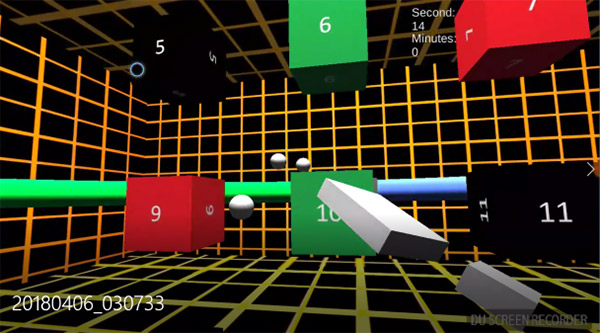
1st place: Program for the rehabilitation of fine motor skills (Anna Topoeva and Fokin Makar)
The main "feature" of the application is that in addition to the video points capabilities, the Leap Motion touch controller functions of recognizing the position and skeleton of the hands are involved.
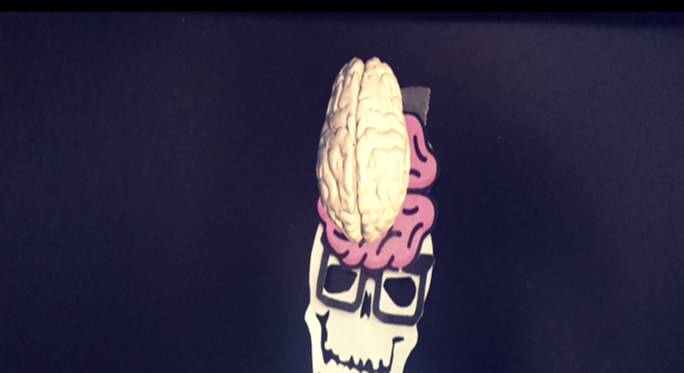
2nd place: Three-dimensional model “Internal organs of a man” (Timur Samarakovsky and Alexander Temnikova)
The application displays 3D-models of human organs on top of the markers.
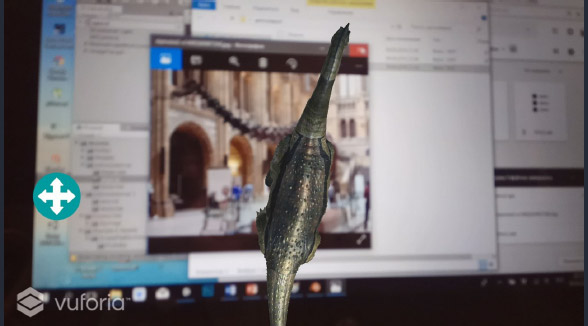
3rd place: Reviving dinosaur (Elena Edapina and Elizaveta Parfenova)
Making an animated dinosaur walk on a marker is also a challenge!
Nomination: Urban Studies
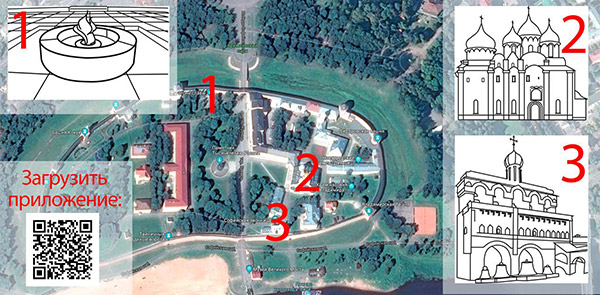
1st place: Interactive map of the sights of Veliky Novgorod (Alexander Lisakov and Elisha Shkolnikov)
The application displays an AR-map of Veliky Novgorod and allows you to view 3D models of several places of interest.
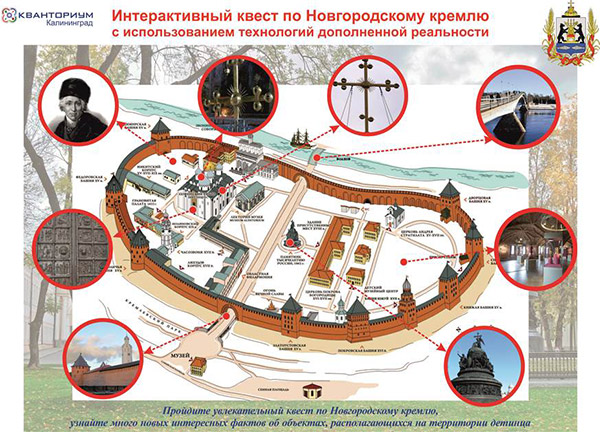
2nd place: Interactive quest for the Novgorod Kremlin (Marina Bakanova and Maria Skornyakova)
Quest with questionnaires, as well as 3D-models of historic buildings and objects.
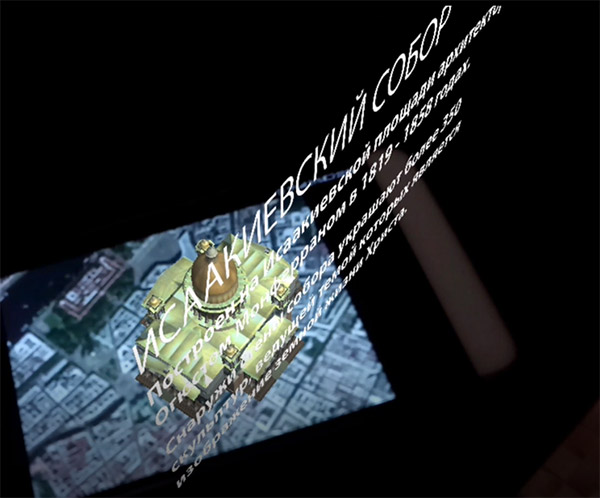
3rd place: Cathedrals of St. Petersburg (Nikita Diyanov and Daniel Kukartsev)
A small almanac of 3D models of buildings of St. Petersburg cathedrals.
Nomination: Science Art
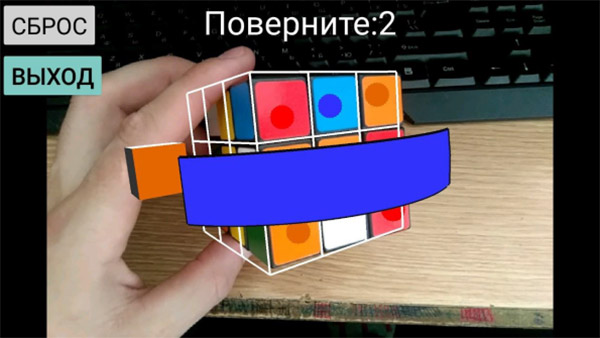
1st place: Interactive instruction on the assembly of the Rubik's Cube (Vladimir Bayev and Evgeny Kolesnikov)
The very application that I announced at the beginning of the post, and which especially impressed me. The idea is that the Rubik's cube in the hands is recognized, as well as the colors of its faces. Then over the cube, which the player holds in his hands, the assembly scheme is superimposed. This example most clearly demonstrates an example of the practical application of augmented reality technology, which can be achieved using, for example, our Epson Moverio BT-300 video glasses.
Below I tried to make a demonstration of how it looks "in practice." Unfortunately, the camera could not be put right in front of the glasses (and in the app the video output from the camera is disabled) But to understand what is happening, it does not interfere. Accordingly, on the left is the video from the camera, and on the right is the screen recording of the video glasses.
Of course, the application was made in a short time by young developers, so it still has something to improve.
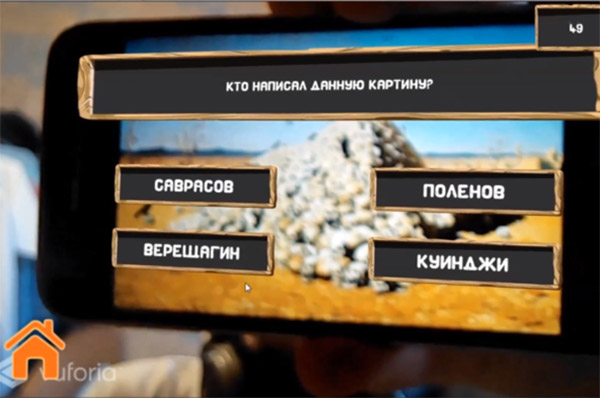
2nd place: Interactive quest for museums (Klambotsky Konstantin and Malyshev Ivan)
AR quest, which works on the principle of marker recognition.
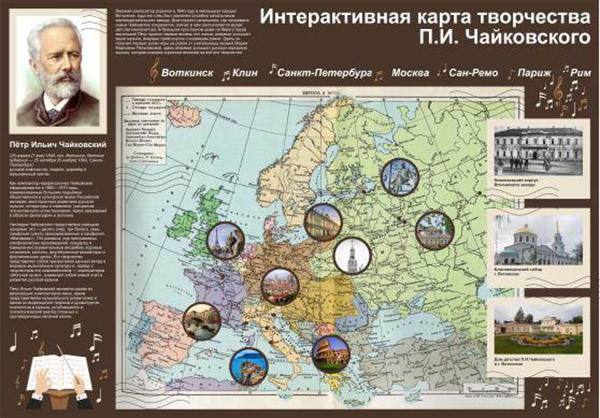
3rd place: Interactive map of creativity PI. Tchaikovsky (Choban Ilya and Pozdnyakova Alena)
Thank you for participating!
On behalf of Epson, I say hello to all the contestants and congratulations on the victory! And I remind our readers that you can find out about Epson Moverio BT-300 video glasses in our blog and on the site .
Thank you for attention.
